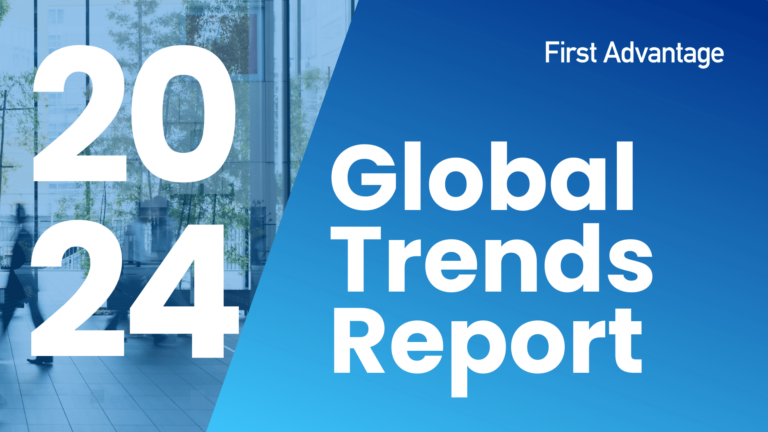Written by Chief Human Resources Officer Michael Pilnick
The customer experience is paramount in business today. Yet, for HR leaders “the customer” is our employees and their experience has never mattered more than it does now. As the COVID-19 pandemic continues to unfold, impacting businesses and workers in ways we never imagined, it’s critical that we engage and communicate with employees on a deeper, more caring level than ever before.
From the top down across nearly all industries, unprecedented numbers of employees are experiencing acute emotional stress. In fact, a recent mental health survey shows nearly 70 percent of workers say this is the most stressful period ever in their professional career. Nearly the same number of workers, 68 percent, say the pandemic has negatively impacted their job or employment.
From executives who can’t travel to business-critical meetings, to hourly workers who were either furloughed or—conversely—working double time to cover staff shortages or unexpected demand, one thing is clear: everyone from top to bottom is hurting now.
Our work life has changed dramatically. Most of us are now working from home, our days filled with Zoom meetings instead of the usual, in-person collaboration. Many of us are serving as teachers, parents and caregivers, all at the same time. Even those who previously worked from home may find themselves sharing their workspace with a spouse, a roommate or their children who are attending school at home. The idea of “working from home” has changed to “living at work.” The pressures our employees feel both inside and outside of work directly impact their job performance, and ultimately, their happiness and livelihood.
Compounding this is fear of the virus itself, especially for those who may be at risk or know someone at risk. And then we have racial, social and political unrest on top. A recent survey reveals that 59 percent of adults, regardless of race, say police violence toward minorities is a significant source of stress today and 33 percent admit that discrimination is a big stressor in their lives.
The cost of this increased stress is very real and measurable. In some businesses, workplace productivity has dipped, with 32 percent of employees recently reporting they lost up to two hours per day in productivity, while prescriptions for antidepressants and anti-anxiety medications are rising as employees grapple with our evolving new normal.
As HR leaders, though, we can’t tackle these challenges alone. We can, however, empower all our people managers to help and equip them to do something that goes against their very training: talk with their employees without a business agenda and simply ask them how they are doing. See if there are ways to help lower their stress. Show our employees that we genuinely care about them as humans, not just as full-time employees. It all starts by having an open and authentic conversation about their well-being.
It may not be easy, but in the face of overwhelming adversity, here’s our chance to put down the work, pick up the phone and start the conversation. Ask employees about their families. Ask what’s new in their lives. Ask about their makeshift home office. Ask questions, be kind and listen.
As CHROs, we can become catalysts within our organizations by enlisting broad support from our managers and giving them permission to talk about what matters most to our employees: their day-to-day lives.
HR can partner in this process to help managers more comfortably initiate and engage in these types of authentic conversations. Here are a few suggestions:
- Don’t over-engineer this; however, have a plan that ensures every people manager understands who they will reach out to and what to say. Providing them with a list of simple talking points and frequently asked questions may help.
- Provide relevant resources that could help. A recent SHRM articlesuggests creating a list of support resources that are available to employees based on their personal challenge(s). For example, this list might include contact information for an employee assistance program and substance abuse clinics that accept your insurance.
- Engage the “whole employee.” A recent Gallup article underscores the importance of a “people-first” approach where we treat employees as “people who work, rather than workers who happen to be people.” It also suggests shifting from a “bossing” mindset to a “coaching” one.
During this period of uncertainty, one thing is for sure: this pandemic and the stress it has placed on our workforce will be with us for a while. As HR leaders, we can use this experience as a valuable teaching moment – an opportunity to mindfully adapt our employee engagement strategies with vocal and visible support from people managers at all levels our organizations.
Together, we all can have an impact, so why not encourage our people managers to pick up the phone and start these conversations today. If not now, when?
Michael Pilnick is the Executive Vice President, Chief Human Resources Officer for First Advantage. Michael joined the organization in 2013 and played a pivotal role in the company’s growth through multiple acquisitions and was instrumental in the company’s recent sale to SilverLake Partners in 2020.
